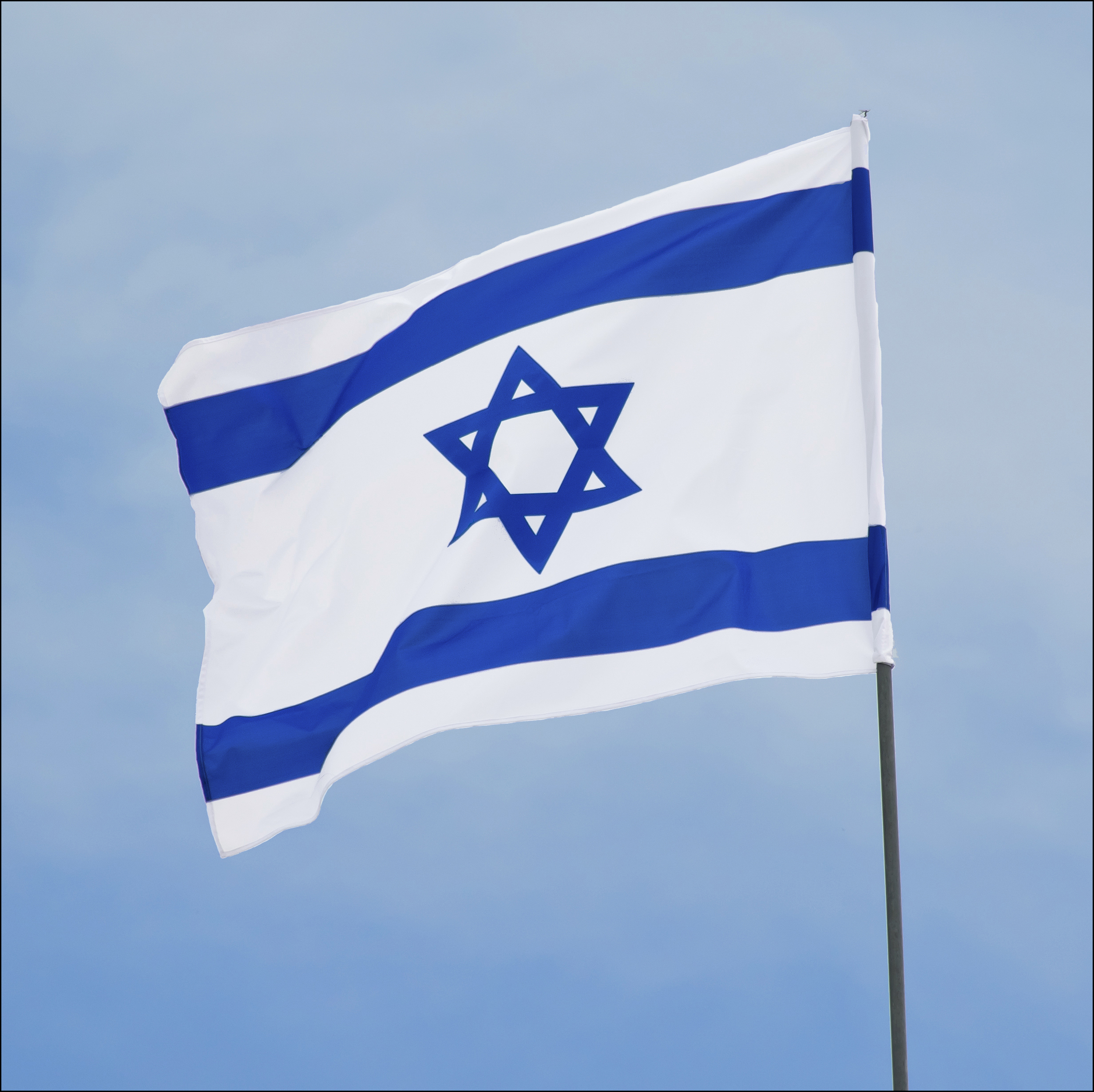“Shane, Shane is right as rain,” Shane sang to himself as he
drove north on Pennsylvania Route 74 from York.
He saw dark clouds to the north. He was driving Grandpap’s ’74 Chevy C10
Stepside pickup truck listening to President Trump talk about how he was going
to get all the Mexicans out of the country.
The old truck only had an AM radio. That was fine with Shane. Trump was on WHP-AM. Really, he was on every station now.
“Shane is right as rain,” he sang to the open windows on
this April afternoon. All those Lib’ral
bitches that made fun of him weren’t laughing now. Trump was Making America Great Again and
Shane was part of it. He was on his way
to a Klan rally in Grantham. Christians can’t
be Lib’rals and they were going to march across the Messiah College campus and
let them know what’s what. Shane dropped out of York Area High School. Shane knew Trump would put all those college
bitches in their place.
“Here’s a Trigger Warning bitches!” he said as he patted the
AR15 in the rack behind his head. He
kept on singing. Shane called his AR15 an M4 because Shane should have been a
soldier. He tried to enlist but they
turned him down. The Jews made up the
intelligence test he flunked and the bitches at the recruiting station said he
needed to lose about 100 pounds. What
did they know? He could shoot. He could fight.
The old six-cylinder engine clattered with knock from cheap
gas and old age as Shane started up the first hill north of York. Ahead riding on the shoulder was a guy on a
bicycle. “Faggots wear bike shorts,”
Shane said to himself. As he got near
the bicyclist he moved gently right hitting the rider on the shoulder with his
mirror. Shane then laid on the air horn
he installed himself and yelled “Faggot!” laughing as he drove away.
The bicyclist stayed upright and kept pedaling.
Just past the crest of the next long hill, Shane pulled off
the road and parked well off the shoulder.
He grabbed his rifle, slid his overall-clad form from the driver’s seat
and walked to a pine tree just past the crest of a hill. He dropped to the ground and wiggled his
plus-size body under the tree. He
settled down in the pine needles, his massive midsection puddling out on either
side of his body. He could see well down
the hill to the south. Shane turned the
switch on the battlesight. The red dot
inside the sight glowed faintly. He
watched as the lone bicyclist pedaled smoothly up the long hill. When the bike was 200 meters away Shane
listened for traffic. Hearing none, he
set the magazine on the patch of dirt he cleared in the pine-needle covered
ground. Shane put his right cheek on the
collapsible stock, put the red dot in the middle of rider’s chest, flipped the
safety to Fire and squeezed the trigger.
The rider collapsed on the handlebars. His legs wobbled. His right foot twisted out of the cleated
pedal, but the left foot stayed locked in.
The bike swerved left and fell.
He was dead before he hit the ground.
Shane rolled out from under the pine tree flipped the lever on his
weapon to Safe and walked as quickly as he could back to Grandpap’s C10.
“Shane is right as rain,” the unemployed Trump supporter
said softly and smiled as he returned the rifle to the rack in the rear
window. “One round, one dead faggot,” he
said louder as he started the old truck.
Shane looked left, signaled and rolled down the hill toward the Klan
rally.
Five minutes later an ambulance sped past to the south. “Don’t need no ambulance,” said Shane as he watched
the red lights blaze. “Bicycles don’t
belong on the damn road in Trump America,” he said to his open window.
As he pulled off the road near the Messiah College campus,
Shane saw dozens of Klansmen with their hoods off looking at their phones. Shane grabbed his sheet and locked the door
to the truck. He walked over to a group
of men and heard one of them say, “Shot dead.
A fucking General in the Army National Guard. The real fucking deal.” Shane started to ask, then decided to just
listen. Shane had no money for
smartphone so he had no idea what they were talking about. After a few minutes it became clear that the
“faggot” he shot was General Pete Stevens, one of the most Conservative
Congressmen in America. Trump loved the
guy. Pete was an Apache pilot. He fought
in Iraq.
“Shit,” Shane said to himself as he slipped away from the
group and walked back toward his truck. “Ain’t
right a General should ride a bike. Ain’t my fault.” He climbed in his truck
and stared at sheet-clad men staring at their phones on the field in front of
him. He put the key in the ignition,
then took it out again. ‘Cops won’t come
here,’ he thought to himself. ‘Best I
just do what I came to do.’
-->
Shane swung his legs left and slid from the seat. He pulled his sheet on and the hood and
walked back to the group. “Shane is right as rain,” he said to himself as he
joined the hooded horde.














